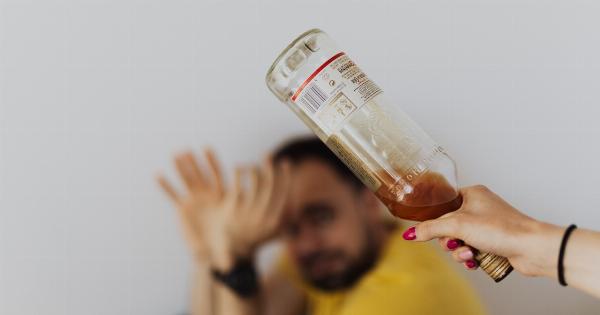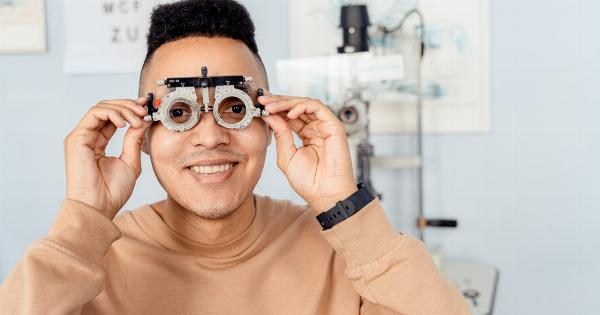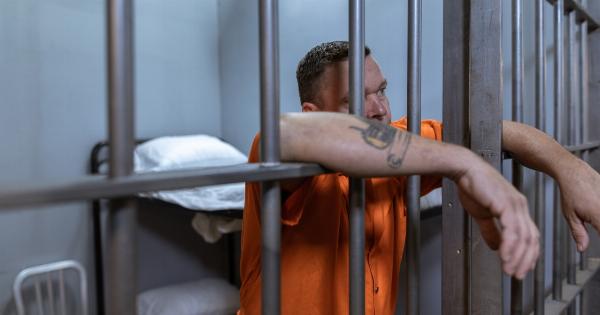When an individual experiences a stroke, it can have a significant impact on various aspects of their cognitive functioning, including memory. Memory loss is a common consequence of a stroke, and it can affect both short-term and long-term memory.
While the recovery and restoration of memory can vary from person to person, there are some general patterns and timelines that can help understand when memory might start to return after a stroke.
Understanding Memory and Stroke
Before delving into the timeline of memory recovery after a stroke, it is essential to understand the relationship between memory and stroke. Memory can be broadly categorized into two types: short-term memory and long-term memory.
Short-term memory refers to the immediate recall of information. It involves holding and manipulating information for a brief period, such as remembering a phone number for a few seconds.
On the other hand, long-term memory involves the storage and retrieval of information over an extended period, such as remembering past events or personal experiences.
When a stroke occurs, it disrupts the normal blood flow to certain parts of the brain. This lack of blood supply can damage brain cells, leading to various cognitive impairments, including memory loss.
The severity of memory loss after a stroke can vary depending on the location, size, and type of the stroke.
Acute Phase: Immediate Memory Challenges
In the immediate aftermath of a stroke, individuals may experience acute memory challenges. The acute phase refers to the period just after the stroke occurs and can last for a few days or weeks.
During this time, memory problems may be more noticeable and pronounced.
In the acute phase, individuals may experience difficulties with short-term memory, such as forgetting recent conversations, appointments, or events. This can be attributed to the initial impact on the brain and the body’s response to the stroke.
The brain needs time to stabilize and recover from the shock, which may affect memory functioning.
It is important to note that memory loss during the acute phase does not necessarily indicate permanent damage. The brain possesses remarkable neuroplasticity, which means it has the ability to reorganize and form new connections after injury.
Subacute Phase: Early Signs of Memory Improvement
As the brain begins to heal and recover, which usually occurs during the subacute phase (weeks to months after the stroke), individuals may start to observe early signs of memory improvement.
During this phase, the brain’s neuroplasticity enables it to develop alternative pathways and reestablish connections.
Some individuals may notice a gradual improvement in their short-term memory. They may find it easier to remember recent events, conversations, or tasks.
However, it is important to remember that recovery is not always linear, and different people may progress at different rates.
During the subacute phase, it is beneficial for individuals to engage in cognitive rehabilitation programs provided by healthcare professionals specializing in stroke recovery.
These programs aim to enhance memory and other cognitive functions through various techniques, exercises, and strategies.
Chronic Phase: Continued Progress and Rehabilitation
As time goes by, individuals continue to make progress in their memory recovery during the chronic phase, which generally extends beyond six months after the stroke.
Memory improvement during this phase can be attributed to ongoing neuroplasticity, participation in rehabilitation programs, and adaptive strategies adopted by individuals.
Long-term memory may also start to show signs of improvement during the chronic phase. Individuals may find it easier to recall past events, familiar faces, or personal memories.
Although some memories may be permanently lost due to the stroke’s impact on the brain, many individuals experience significant recovery and regain a good portion of their pre-stroke memory abilities.
Regular cognitive exercises and activities, such as puzzles, reading, or memory games, can further aid in memory recovery during the chronic phase.
Consistency and patience are key during this phase, as the brain continues to adjust and adapt to its new normal.
Rates of Memory Recovery
It is important to note that the rate of memory recovery can vary significantly among individuals.
Factors such as age, overall health, severity of the stroke, and engagement in rehabilitation programs can influence the speed and extent of memory restoration. Some individuals may experience a more rapid recovery, while others may require more time and effort.
Additionally, it is worth mentioning that while memory recovery can be observed in many individuals, it is not guaranteed for everyone.
The extent of recovery depends on the individual’s unique circumstances, and in some cases, there may be long-term memory deficits that require appropriate support and accommodations.
Conclusion
Memory loss is a common consequence of a stroke, but the recovery of memory can occur over time. The acute phase immediately after a stroke may present noticeable challenges with memory, while the subacute and chronic phases show signs of improvement.
Neuroplasticity, rehabilitation programs, and adaptive strategies play vital roles in memory recovery.
Each individual’s journey to memory recovery is unique, and the rate and extent of recovery can vary.
Patience, perseverance, and the assistance of healthcare professionals can help individuals regain their memory abilities and adjust to their new normal.































